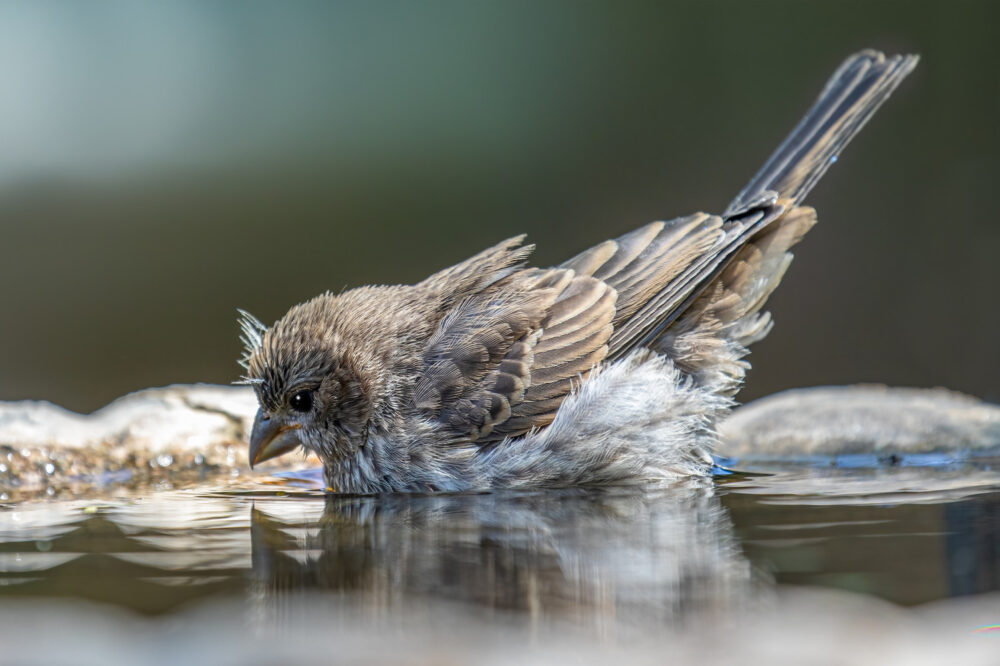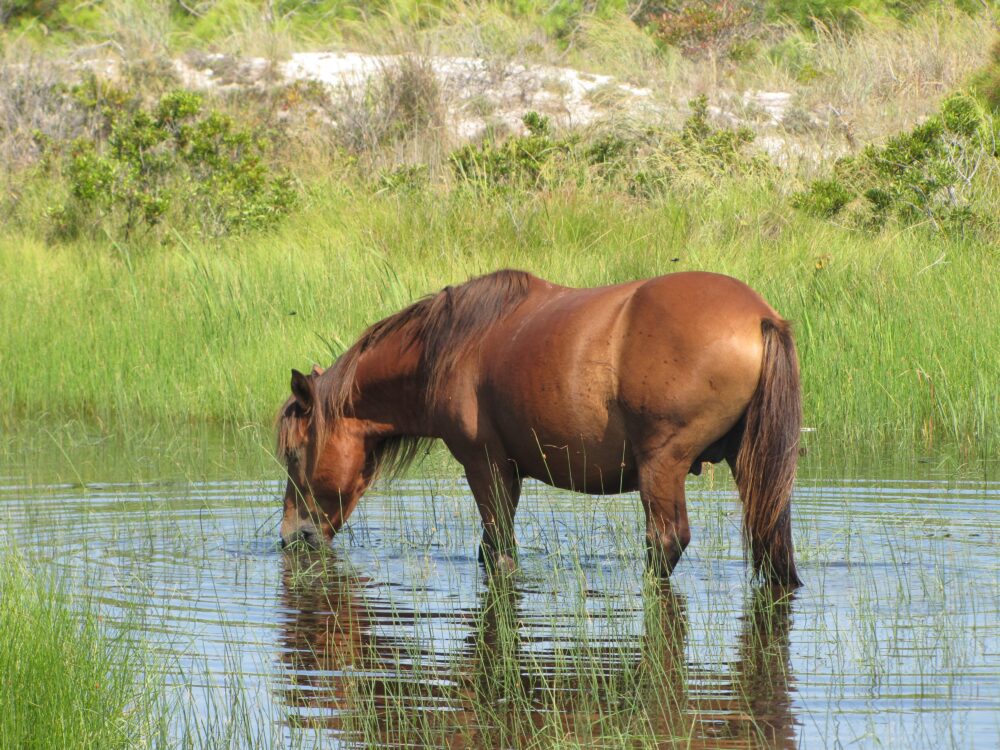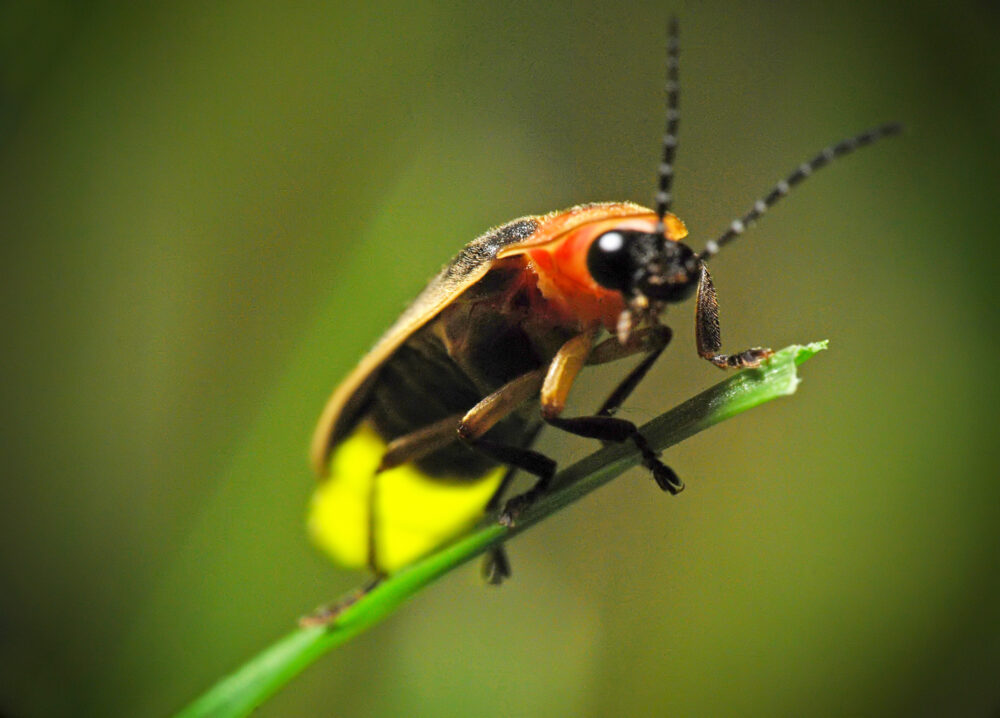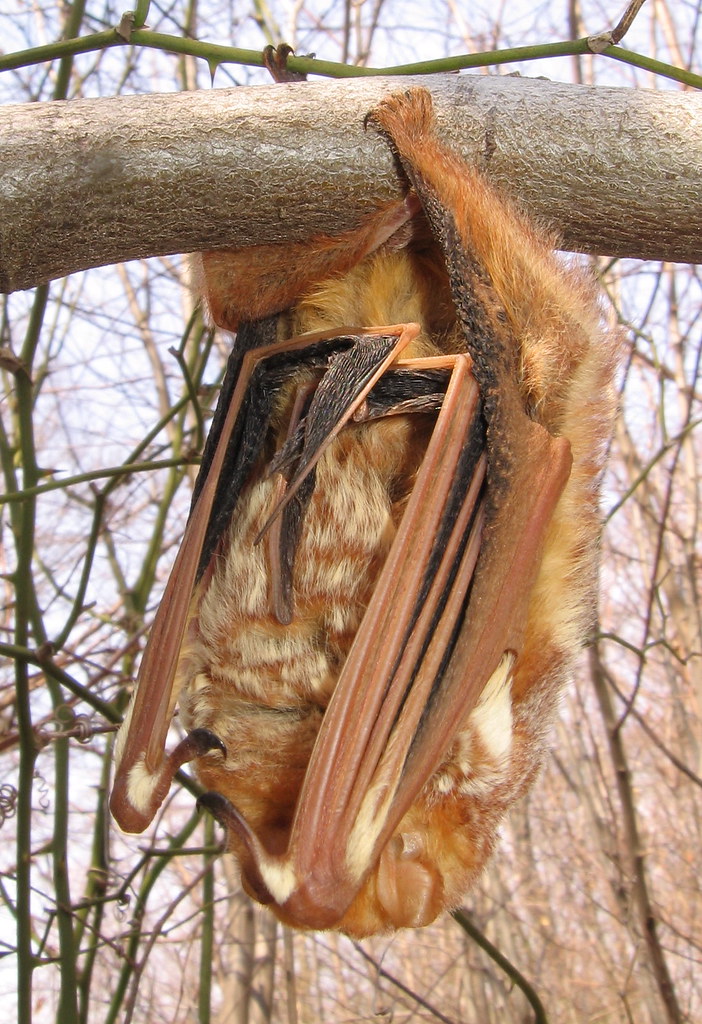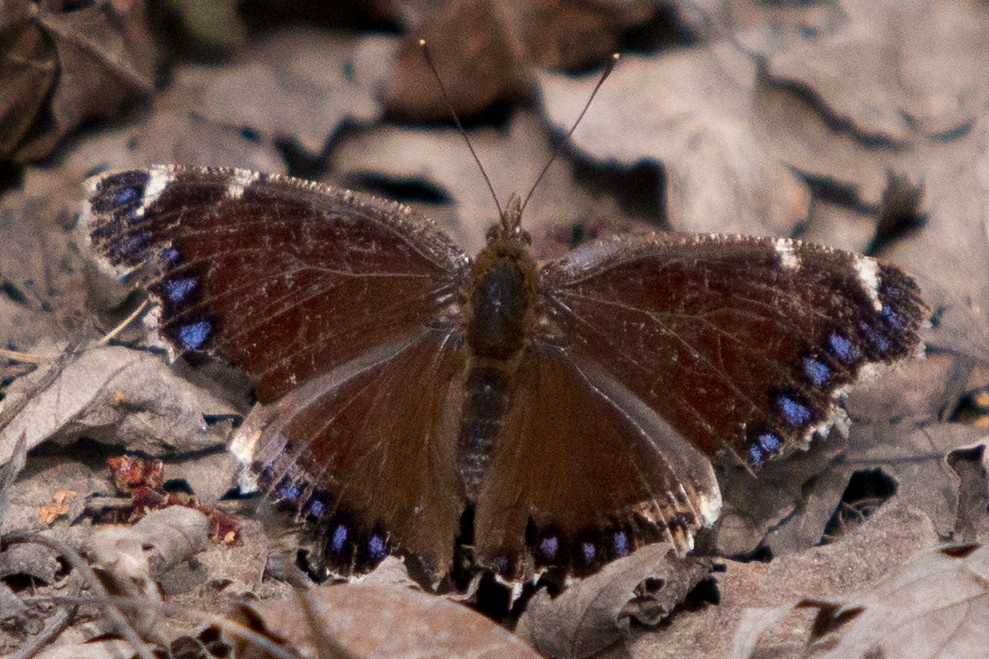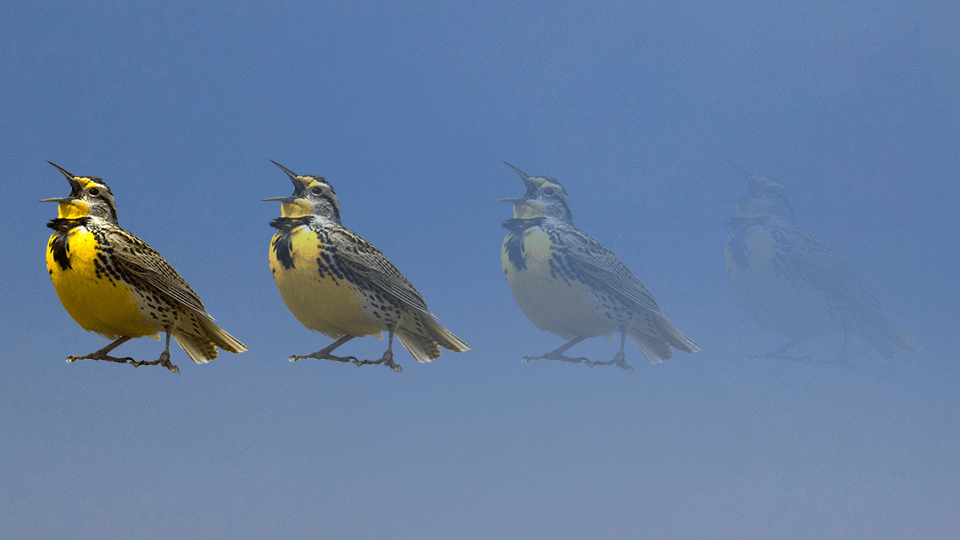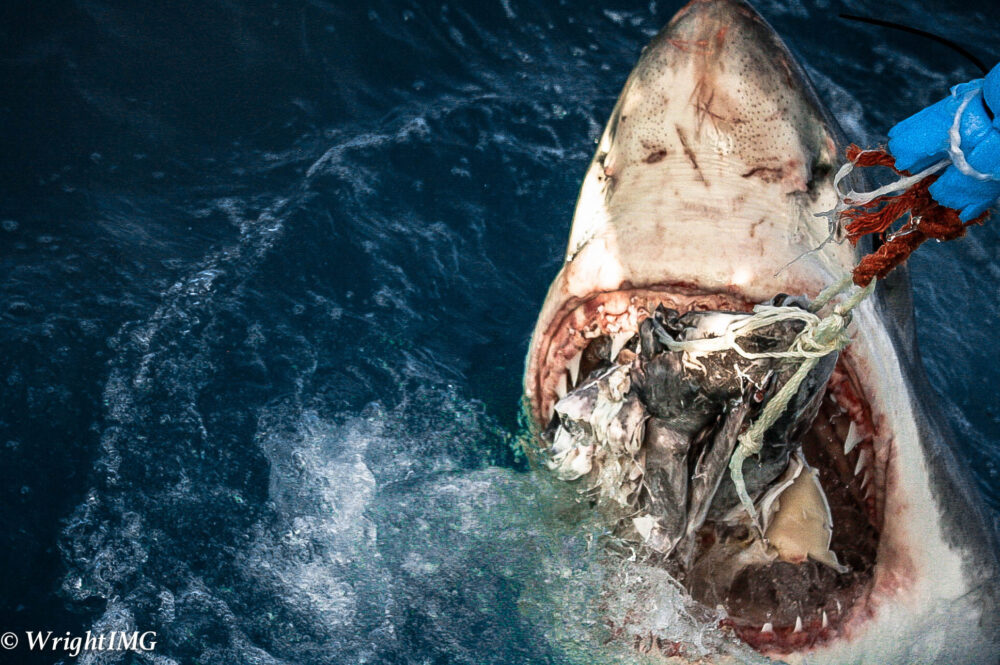We have much more to do and your continued support is needed now more than ever.
What the Easter Bunny was REALLY Doing
This past weekend the Easter Bunny made his rounds, leaving baskets filled with marshmallow peeps, jellybean-filled plastic eggs, and chocolates made in his image. But real rabbits and their cousins the hares aren’t interested in baskets and candy. For them, Easter time is baby-making time.
Rabbit behavior gives credence to the phrase “breeding like bunnies.” At this time of year, eastern cottontails are having the first of as many as seven litters of young. The equally prolific desert cottontails of the western plains, mountains and deserts and the brush rabbits of California and the Pacific Northwest are also giving birth at this time of year. The semi-aquatic marsh rabbit of southeastern coastal and wetland areas have the benefit of milder temperatures and often breed year-round. That’s a lot of bunnies!
Both the black-tailed and white-tailed jackrabbits of the West are actually hares, which give birth to precocial young. That means that, unlike rabbits, hare babies are born fully furred, with their eyes open. They are ready to run and hide shortly after birth. Baby rabbits are blind and immobile when born and much more dependent on their mother's ability to hide them in the vegetation.
Arctic hares of the tundra and snowshoe hares of the northern forests and plains aren’t having babies just yet. It’s still too cold and vegetation is too scarce. They are, however, beginning the process of molting their white winter coats and growing in their thinner, grayish-brown summer coats. This seasonal change in fur color helps these hares blend with their background and avoid predators. Hare babies are born with summer-colored fur for maximum camouflage.
Orphaned Rabbits
What do you do if you find a baby rabbit or hare? The best thing to do is to leave it alone. Mother rabbits leave their babies in fur lined depressions hidden in the vegetation called forms. She’ll leave her babies alone most of the day, returning for brief periods to nurse them. The babies aren’t abandoned. Similarly, if you spot a baby hare running around, chances are its mother is also nearby.
If a young rabbit or hare is injured or clearly orphaned (its mother was killed or it’s been alone for more than 24 hours), you can either let nature take its course or contact a licensed wildlife rehabilitator. Never try to take care of a wild animal yourself. It's illegal to keep wild animals and they require specialized care in order to give them the best chance of survival and release back into the wild.
Rabbits as Pets
Each year thousands of baby rabbits are given to children as Easter pets. And each year, a few weeks later, thousands of rabbits are abandoned. Domestic rabbits can make great pets, but not for young children. Rabbit care is too demanding for unsupervised children and rabbits can easily be injured or traumatized by a child’s rough handling. Resist the urge for a cute baby bunny this Easter. If you must get a rabbit, adopt one from a shelter rather than purchasing one, and never leave its care solely up to a child.
Invite Rabbits and Hares to Your Yard
NWF has launched a brand new gardening for wildlife website that will help you provide the perfect habitat for local wildlife, including rabbits and hares. Learn about the components of habitat, get how-to articles, find the best native plants for wildlife, share your wildlife photos, and get your garden recognized by NWF as a Certified Wildlife Habitat.


